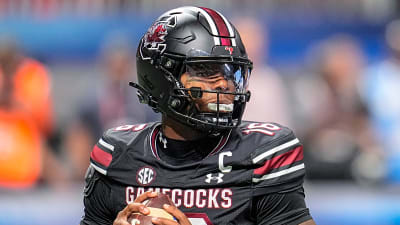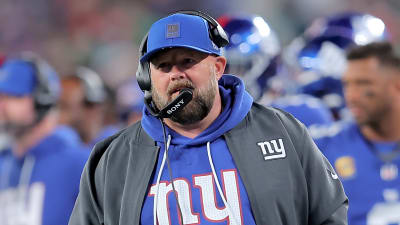San Francisco’s run of bad injury luck continued this week as star linebacker Fred Warner was carted off the field with an ankle fracture-dislocation. Ankle injuries are some of the most common injuries in football, however Warner’s injury is far more severe than your average ankle sprain. Watching the footage of the injury, Warner had his foot planted on the turf and was rolled up on from the side by 49ers safety Brown as he made a tackle. Medical staff splinted Warner's ankle on the field and he was carted directly to the locker room.
Ankle Fracture-Dislocations
The ankle is a complex area that is made up of multiple joints between different bones that each allow specific motions. The talus is a bone in the middle of the ankle, and the long bones of the lower leg (tibia and fibula) form an arch around the dome-shaped top of the talus. Most of your body weight is carried through the tibia to the talus. It takes a lot of force, typically through an impact from the side on a planted leg to cause an ankle dislocation. Ankle dislocations are usually paired with fractures to the lowest parts of the tibia and fibula, and possibly even the domed top of the talus from where the bones hit each other as the talus leaves its position in the centre of the arch. Beyond the fractured bones, ankle dislocations are also devastating to the soft tissues in the ankle. The ligaments that attach the bones together to provide stability get torn or severely stretched causing gross instability. There may also be injury to the tendons that cross the ankle to attach the lower leg muscles to the foot, or damage to the blood vessels or nerves that supply the foot. The extensive damage with ankle dislocations means that surgery is the most common treatment option. Plates and screws are used to secure the fracture sites, and the procedure may include reconstructing or repairing damaged soft tissues to restore stability. After surgery, patients are non-weight bearing for a time and then gradually ease back into weight bearing, range of motion and progressively increasing strengthening. This injury is definitely season ending for Warner, however not necessarily career ending.
What's Next for Warner and the 49ers
Considering the rarity of these injuries, there isn’t a huge database for other players who’ve returned from these, but it has been done. Our data shows that players returning from an ankle dislocation with fracture see a 8.9% decrease in snap percentage. The other trend we see is a tendency to have another lower body injury during their returning season. Reasons for the additional lower body injuries may include changed movement patterns to favour the ankle, decreased mobility or possible loss of lower body conditioning after coming back from the ankle surgery. Hopefully Fred Warner bucks that trend and we see him back as dominant as ever next year. In the meantime the 49ers will continue to play with a “next man up” attitude in the competitive NFC West.
More must-reads:
- 2026 first-round NFL mock draft: Three QBs in the top 10
- Dallas Cowboys should be patient before making George Pickens decision
- The 'NFL total touchdown pass leaders' quiz
Customize Your Newsletter
 +
+
Get the latest news and rumors, customized to your favorite sports and teams. Emailed daily. Always free!








